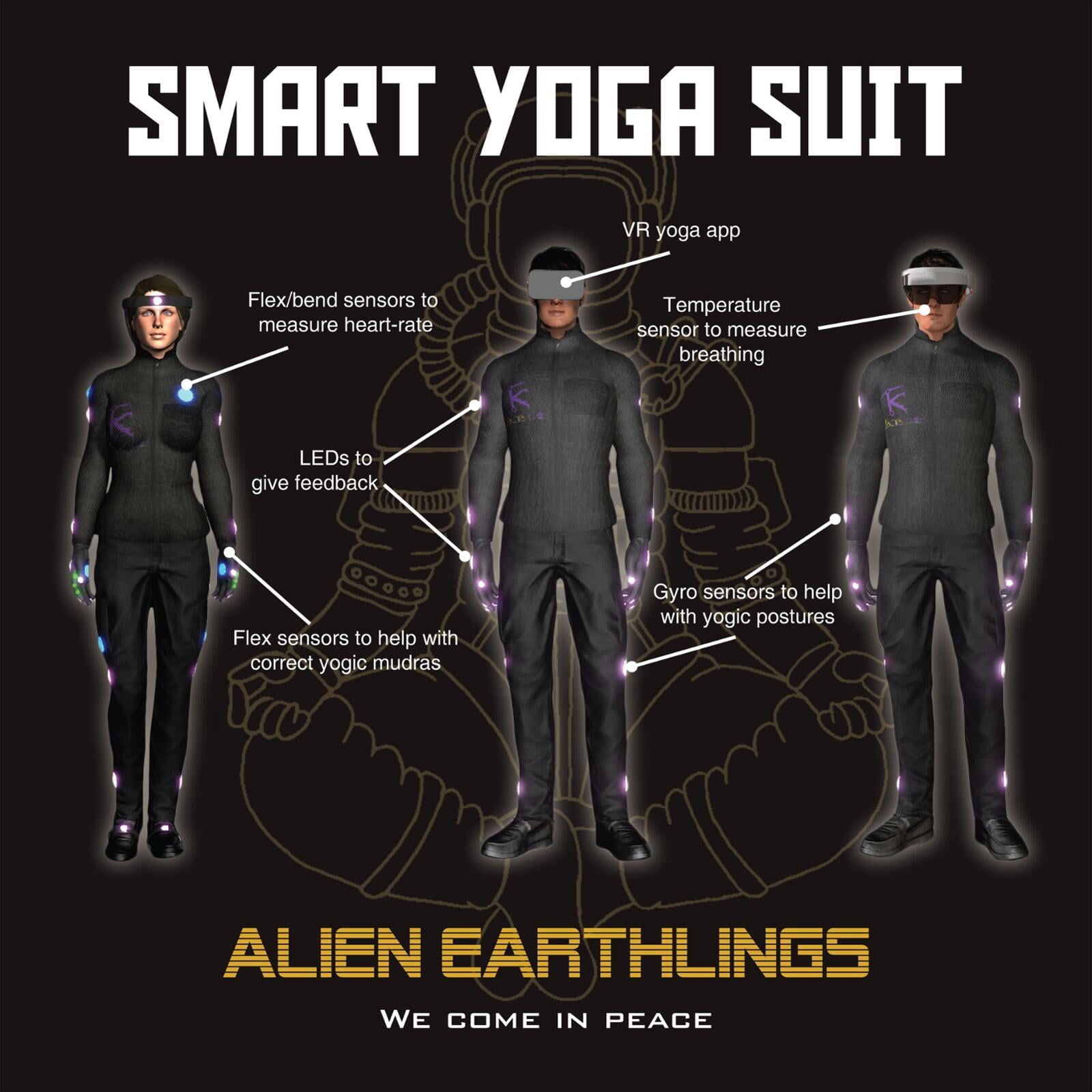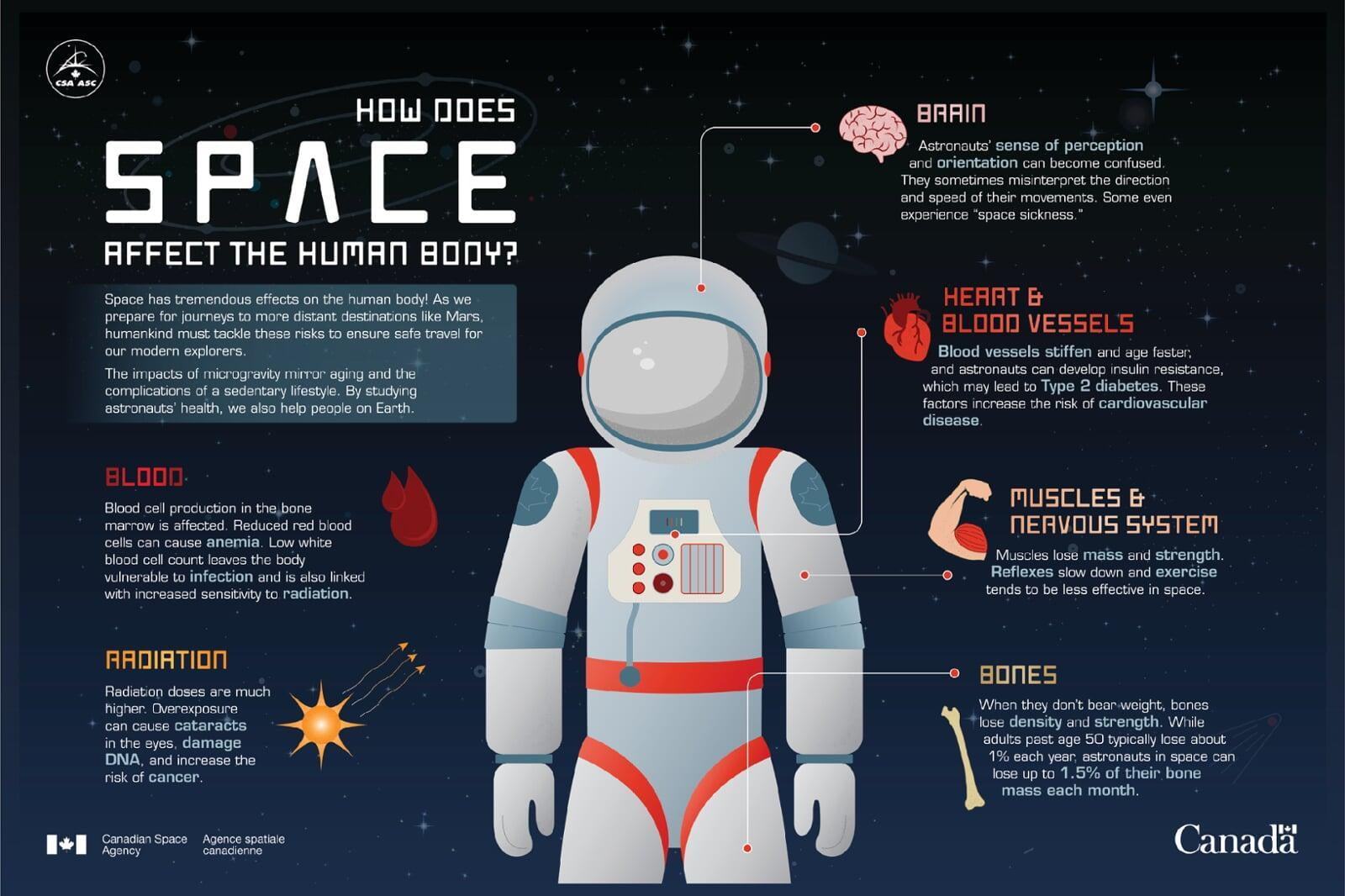Overcoming Medical Challenges of Space Travel by Smart Yoga


“If you could do yoga in space that might really help the astronauts,” said Alan Hargens, professor of orthopaedic surgery at the University of California, San Diego.
However, lack of gravity limits astronauts in practicing yoga in space. A lot of yoga depends on the effects of gravity, like downward dog, where a stretch through the hamstring, calf muscles, back of the neck and shoulders are possible because of gravity. When you remove that, you may not have the same benefit.
To solve these issues we came up with the idea of a “Fit-Bit for the Body” or a “Smart Yoga Suit”
The Smart Yoga Suit need to help with all three:Yogic postures, Breathing exercises and Mudras







